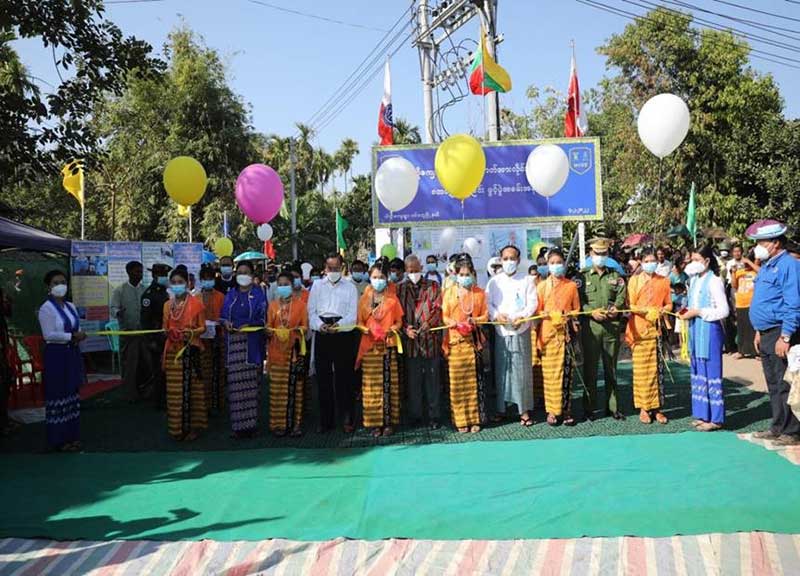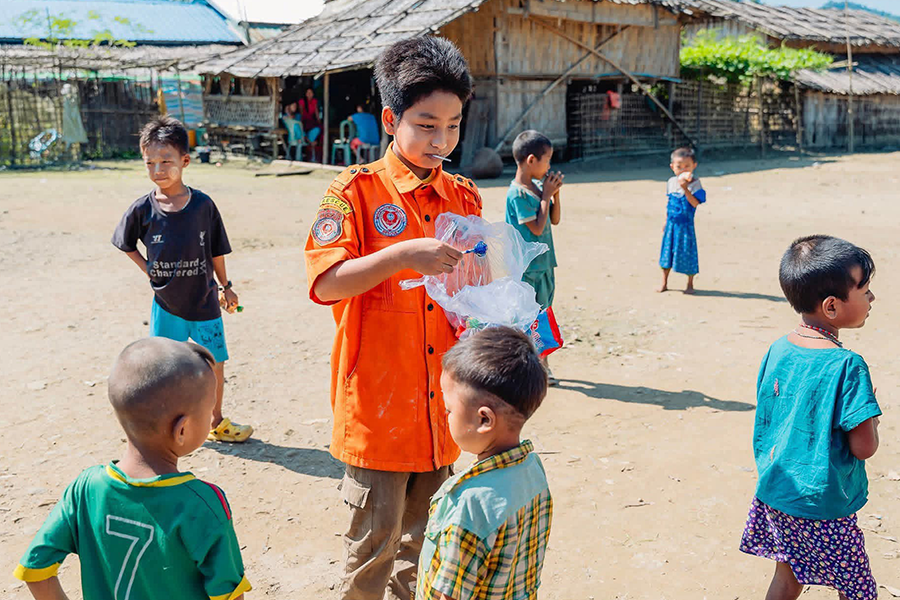- Junta unable to hold elections in dozens of wards and village-tracts in Sittwe, Kyaukphyu
- Fighting escalates between Myanmar military, Arakan Army in Ayeyarwady Region
- Regime steps up civilian arrests in Sittwe
- ULA safeguards Mrauk-U's ancient heritage
- Arakan on the Edge: What the DMG Landmine Impact Report Reveals About Myanmar's Deepening Humanitarian Crisis
Four years after installation of power cables, Manaung villages still lack electricity
Nearly three years after the installation of power cables, over 40 villages in Manaung Township still do not have access to electricity, according to residents.
15 Jun 2022

DMG Newsroom
15 June 2022, Manaung
Nearly three years after the installation of power cables, over 40 villages in Manaung Township still do not have access to electricity, according to residents.
“Power cables were installed some four years ago, but electricity has not yet been supplied. I want to see the lights in my village before I die. I want to use electricity,” said U Tun Min, a 50-year-old resident of Kyun Ywar village.
The majority of villages in Manaung are supplied by private electricity firms who generate electricity with diesel generators. The electricity is supplied as a priority at night between 6 p.m. and 10 p.m. But electricity suppliers in some villages have halted their operations due to rising fuel prices.
“Fuel costs around K30,000 per day now as fuel prices have jumped. I only earn around K20,000 from users, and make a loss of around K10,000 per day. So, I can’t afford it for long,” said Ko Saw Nay Aung from Min Seik Pyin village.
There have been discussions at the Union-level to supply those villages where power cables have already been installed, but how and when those villages will be supplied is still unknown, said U Min Zaw Zaw Lin, head of the Manaung Township electricity department.
“Those issues have been discussed at the Union-level, but I don’t know if the electricity will be supplied from the national grid, or if it will be solar power or natural gas,” he said.
Posco Daewoo Co. established a solar power plant in 2019, which it said would supply 24-hour electricity to five urban wards and a village. The wards and thus village, however, still do not have access to electricity around the clock. They are currently supplied by a diesel generator on alternate hours.
There are 3,742 villages in Arakan State, and by January of this year, 2,246 villages or 60 percent, had access to the national grid, solar power and electricity supplied by diesel generators, according to junta newspapers publishing in February.





.png)











